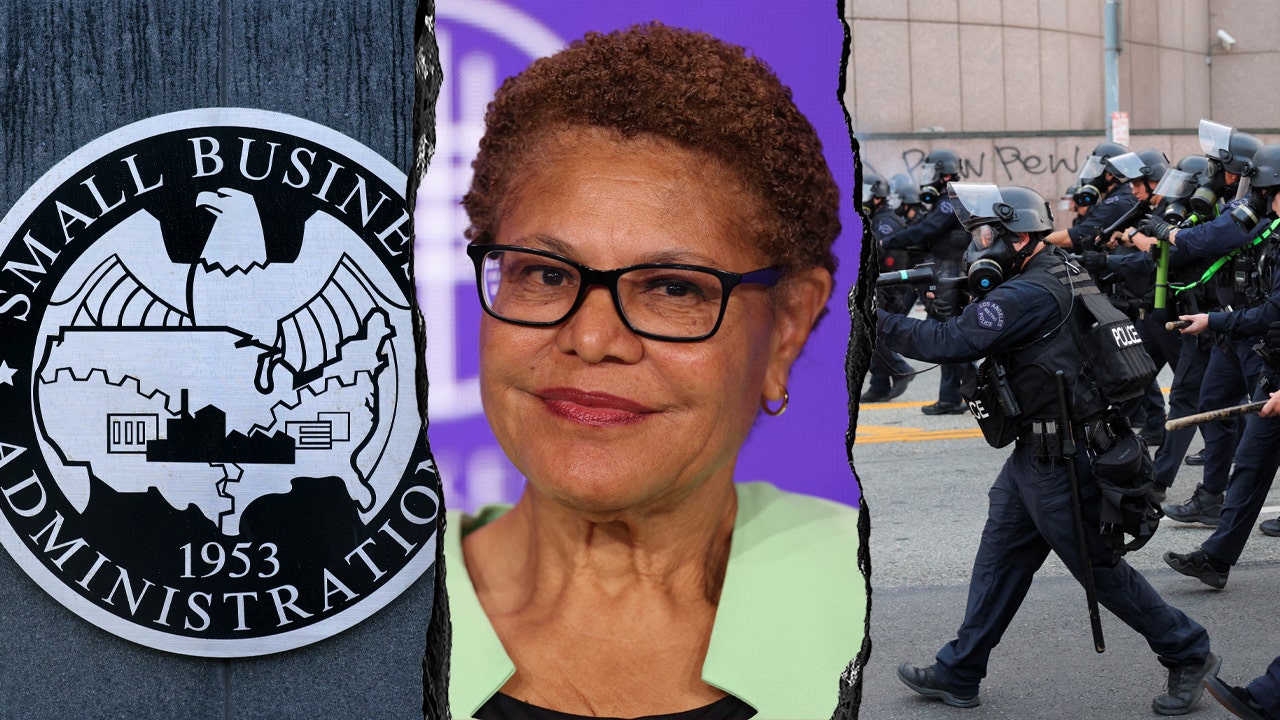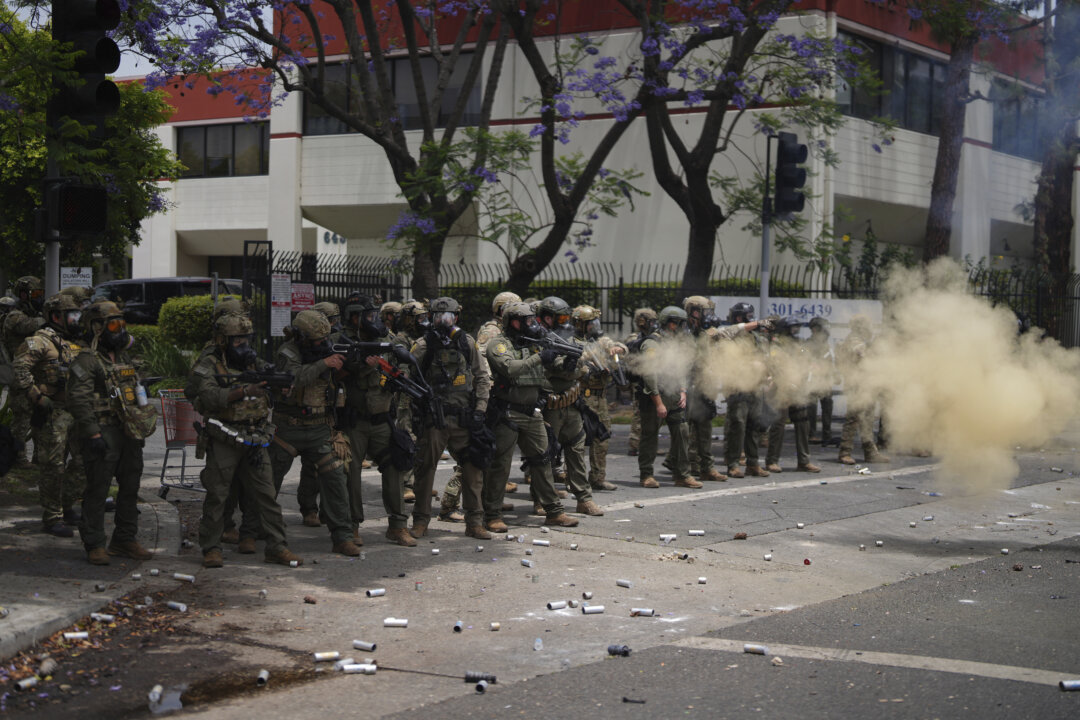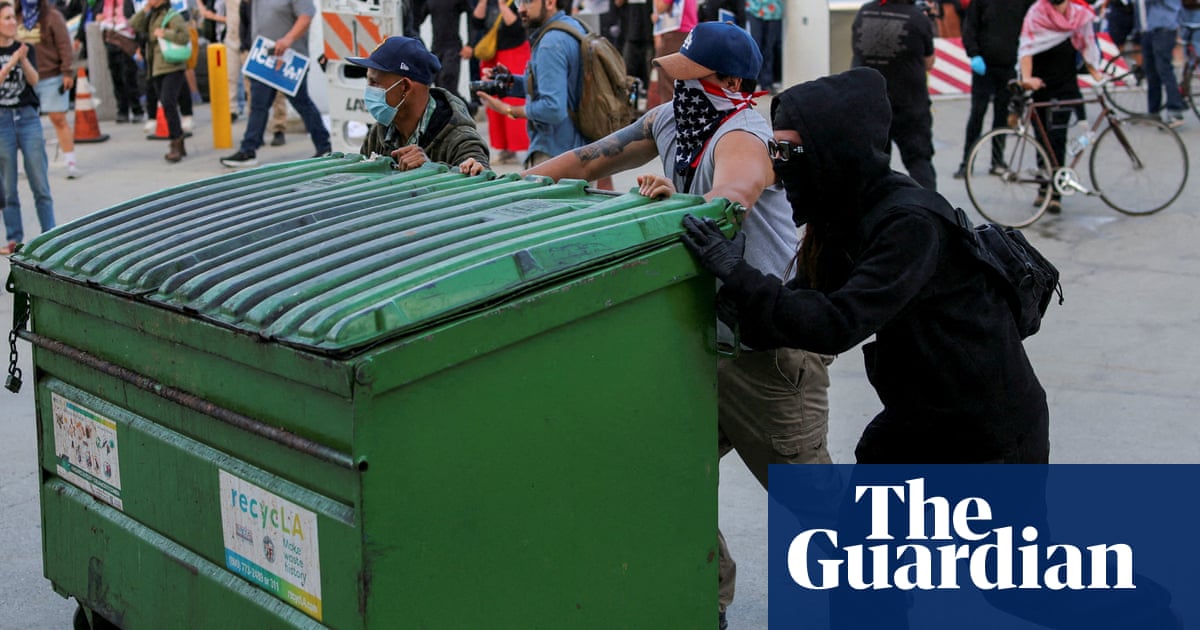Escalating Protests and Federal Response in Los Angeles Amid ICE Raids
Protests against ICE raids in Los Angeles have intensified, leading to violent clashes, the deployment of the National Guard, and sharp political rhetoric from local and federal leaders.
Subscribe to unlock this story
We really don't like cutting you off, but you've reached your monthly limit. At just $5/month, subscriptions are how we keep this project going. Start your free 7-day trial today!
Get StartedHave an account? Sign in
Overview
- Protests erupted in Los Angeles against ICE raids, leading to violent clashes with law enforcement and the deployment of National Guard troops to restore order.
- Los Angeles Mayor Karen Bass condemned federal immigration enforcement actions, accusing them of instilling fear in communities and escalating tensions.
- ICE's operations resulted in numerous arrests, including individuals with criminal histories, prompting protests and clashes with immigration authorities.
- Federal officials criticized local leaders for their rhetoric against ICE, while the Trump administration deployed National Guard troops to address the unrest.
- The situation escalated with the use of tear gas and rubber bullets by law enforcement to disperse protesters, highlighting the growing conflict over immigration enforcement.
Report issue

Read both sides in 5 minutes each day
Analysis
Emphasizes Trump's deployment of National Guard to address unrest over immigration enforcement in Los Angeles.
Articles (26)
Center (6)
FAQ
The recent ICE raids in Los Angeles were triggered by federal law enforcement operations targeting individuals suspected of immigration violations, which led to arrests and sparked widespread protests, particularly among Latino communities where day laborers commonly gather for work[1].
Local authorities, including the Los Angeles Mayor, have condemned federal immigration enforcement actions and accused them of instilling fear in communities. In response to escalating clashes, the National Guard has been deployed, and federal officials have warned against obstructing federal agents, threatening arrest and prosecution for interference.
The ICE operations resulted in the arrests of at least 44 individuals suspected of immigration violations and one person suspected of obstructing justice. The protests that followed led to violent clashes, injuries, and the deployment of law enforcement tools such as tear gas and flash-bang grenades[1].
Local communities, especially in areas with a high percentage of Latino residents, have reacted strongly to the federal actions, organizing protests and direct confrontations with immigration agents. Chants, blockades, and acts of defiance, such as lighting trash on fire, have been reported as forms of protest[1].
To restore order, the National Guard has been deployed, and law enforcement has used crowd control measures such as tear gas and rubber bullets to disperse protesters. Federal officials continue to urge the public not to interfere with law enforcement operations, warning of legal consequences for obstruction.
History
- 5M

 13 articles
13 articles
- 5M

 3 articles
3 articles




















